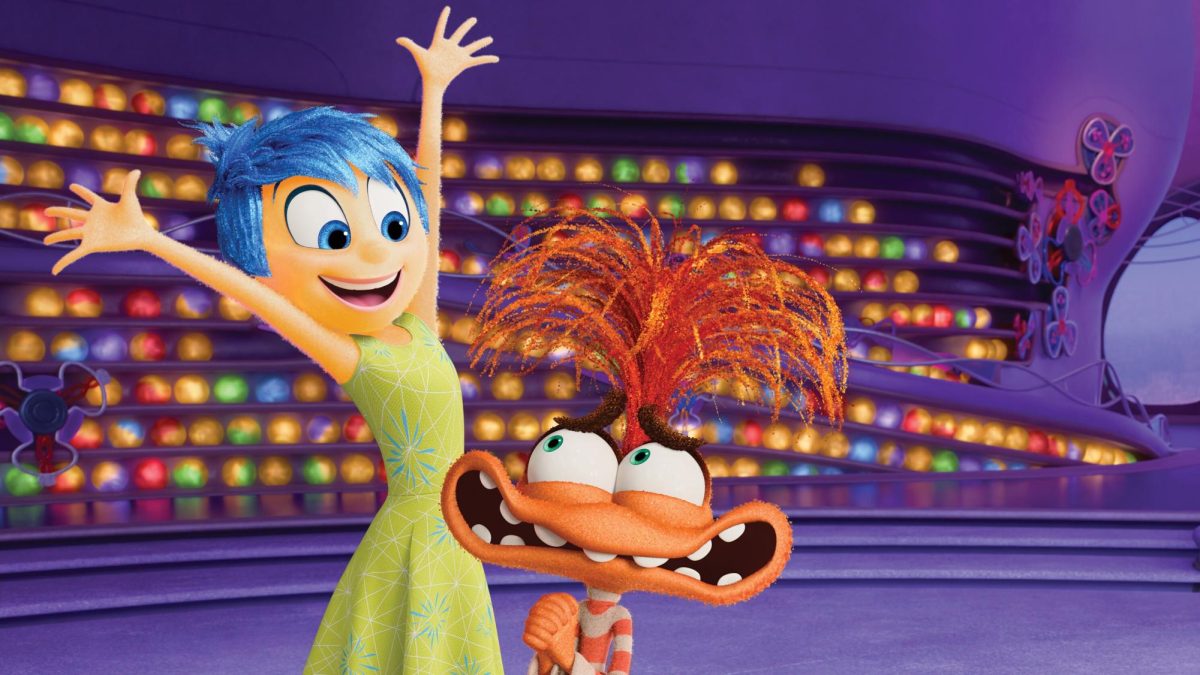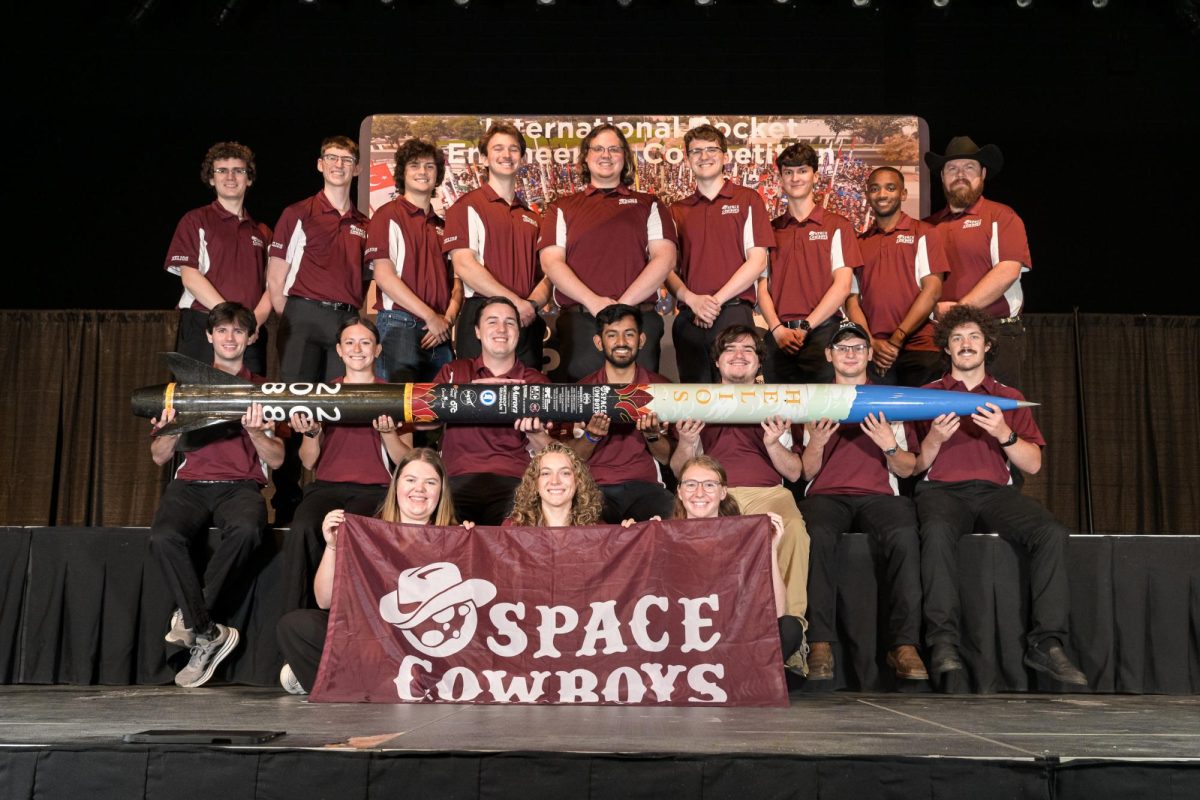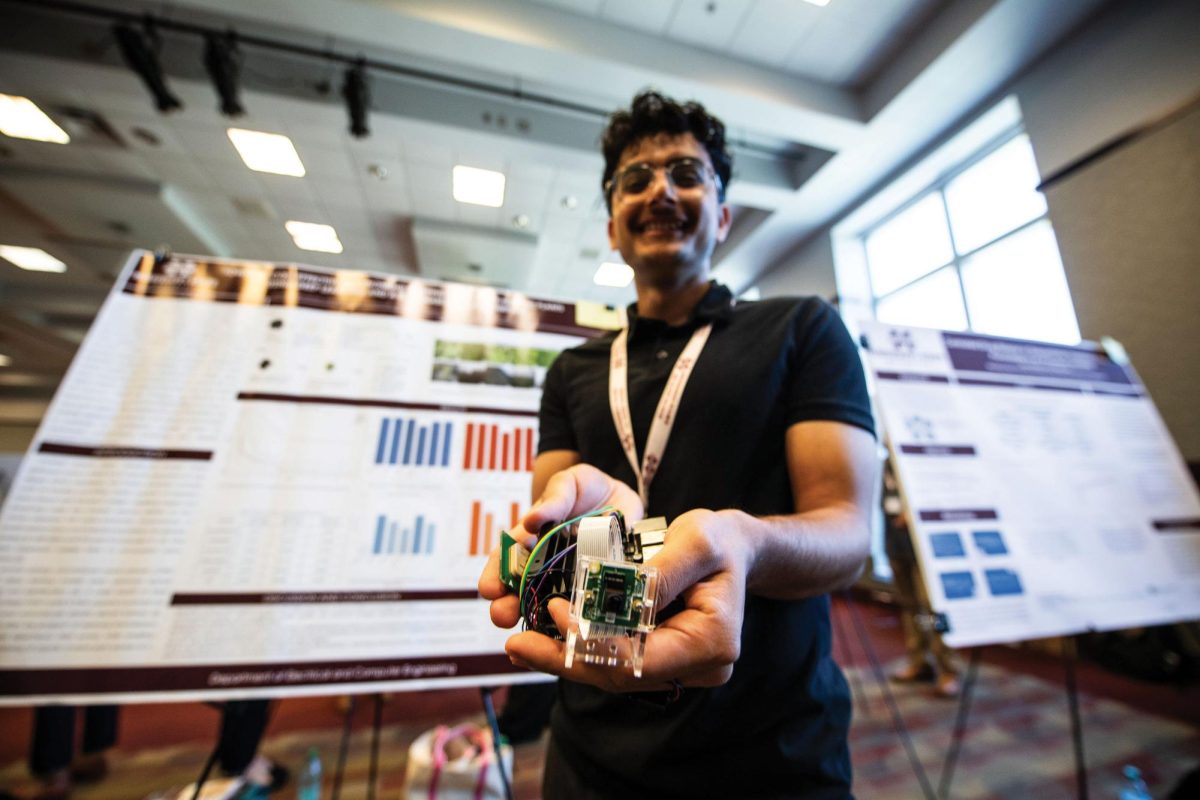Nine years after the Pixar film “Inside Out” took the world by storm, it’s sequel, “Inside Out 2” was released on June 14.
“Inside Out 2” continues on the “Inside Out” story of emotional growth with a painfully relatable depiction of puberty and self-discovery, full of hormonal outbreaks and emotional baggage.
The sequel once again follows Riley Anderson (Kensington Tallman), now thirteen and soon to be a high school freshman, and her emotions, Joy (Amy Poehler), Sadness (Phyllis Smith), Anger (Lewis Black), Fear (Tony Hale) and Disgust (Liza Lapira). The film follows Riley and her emotions as they prepare for an ice hockey training camp, at which they hope to impress the high school coach to win a spot on the team, as well as spend time with her friends before they’re off to separate schools.
Unfortunately, the jump from childhood to teenage years brings a dreaded transition — puberty. This change means mood swings and a group of new and intense emotions, including Anxiety (Maya Hawke), Envy (Ayo Edebiri), Embarrassment (Paul Walter Hauser) and Ennui (Adèle Exarchopoulos), who proceed to throw Riley’s state of mind off balance.
From a visual standpoint, the animation in the film is breathtaking, grabbing what worked from its predecessor and improving on it. The new character designs are innovative and an impressive embodiment of the different complex emotions. From Anxiety’s frantic demeanor and chaotic hair to Embarrassment’s oversized and uneven appearance, the artists nailed these complicated characters.
Likewise, the film continues the mechanical depiction of the “mindscape” from the first film, depicting puberty as faulty machinery, haphazard installations and renovations, as all the emotions work overtime to keep Riley functional.
The voice acting in the film is also top-notch. Poehler adds a newfound maturity in her depiction of Joy, who is worried that with the stress and complexities that come with age, Riley will no longer need her as much as she did in the past. She voices her concern in the film that “When you grow up, you feel less joy” due to how complicated and stressful life is when you’re older compared to when you were a kid.
Hale and Lapira had the challenge of replacing Bill Hader and Mindy Kaling, who declined to return due to a pay dispute, in the roles of Fear and Disgust. They do a great job of replicating their performances, making it hard to tell unless you are looking for a difference.
However, the best performance in the film has to go to Hawke’s take on Anxiety. Rather than depict her as an all-out villainous character, the film portrays Anxiety as a well-intentioned anti-hero who sincerely believes that her rash, impulsive reactions to all the negative hypothetical scenarios that she has imagined are for Riley’s well-being.
Unfortunately, feelings of anxiety and panic are rarely ever rational and incredibly controlling over a person’s actions. Ultimately, Anxiety’s desire to get Riley on the hockey team causes her to make numerous questionable decisions, from staying up all night practicing her skills and locking the older emotions out of headquarters to her desperation to completely reinvent Riley into what she believes is her best self.
At the same time, the film stresses that anxiety is just like any other emotion. Similar to the first movie’s message regarding the dangers of toxic positivity, this film reinforces that while it is alright to be worried about the future, you must remember that things are never as bad as they appear. A person’s best self does not mean they are the best they could be; it means that they accept who they truly are, warts and all.
If the first film’s message was that is is okay for kids to be sad, then the “Inside Out 2” message reminds teenagers and adults to remember to be happy.









